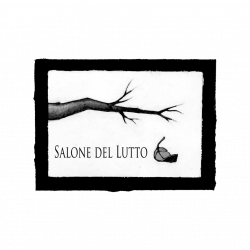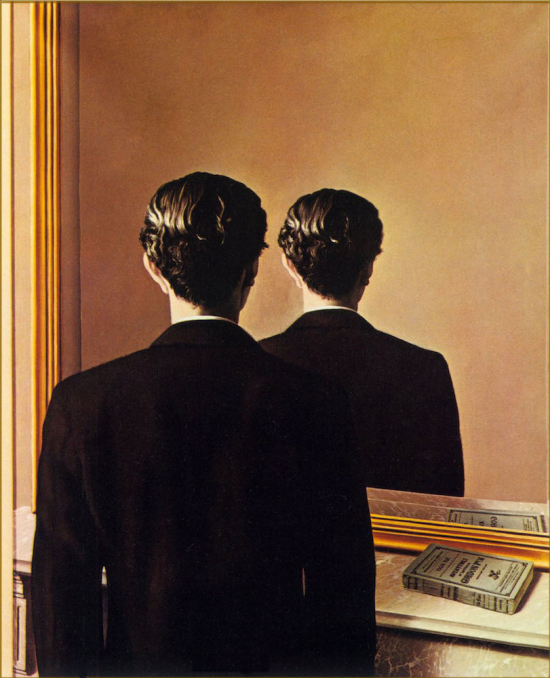René Magritte was called the quiet saboteur because of his capability to calmly subvert reality.
In 1937, in his painting La Réproduction interdite, he portrayed a man seen from behind that looks at himself in a big mirror placed on a marble mantlepiece. On the shelf, there is The Narrative of Arthur Gordon Pym by Edgar Allan Poe. The reflection within the golden frame is not correct but echoes what we see: the back and the nape.
That man without a face is Sir Edward James, a cultivated English patron who joined the Surrealist movement. Edward is immoderately rich and a friend of the most distinguished high society people, as well as writers, musicians, and of course artists.
James writes poems and finances theatrical performances but his true passion is painting. His collection of paintings is legendary: he owns works by Bosch, De Chirico, Dalí, Ernst, Magritte, Klee, and many others. But Edward will sell everything to concentrate on his most ambitious project, the construction of a garden town in the middle of the Mexican forest, close to the small town of Xilitla: Las Pozas, an oneiric landscape made – as he will often repeat – “without felling a single tree or severing a flower”, in full compliance with the surrounding wild nature.
At the end of the works, a forestal area of 20 acres is dotted with extravagant surrealist-style structures. In the middle of the looming vegetation there are stairs that lead nowhere, risky and inaccessible towers, bridges hanging over void and far-fetched terraces, a real maze dotted with pagodas, aviaries and cages that are always open, nothing more than openings, passageways. Like Escher’s weird architectures, the buldings of Las Pozas convey a sense of bewilderment and at the same time of enchantment to those who have the pleasure to visit them. Ray Bradbury writes: “Everyone must leave something behind when he dies (…) A child or a book or a painting or a house or a wall built (...) Something your hand touched some way so your soul has somewhere to go when you die.”
His tombstone at West Dean, in England, simply reads “Edward James 1907–1984. Poet.”
But what is left of that man?
A figure seen from behind painted by Magritte and a dream, his surreal self-portrait: the impossible city in the forest, that reflects and keeps his will, his contribution to immortality.
We all paint ourselves.

